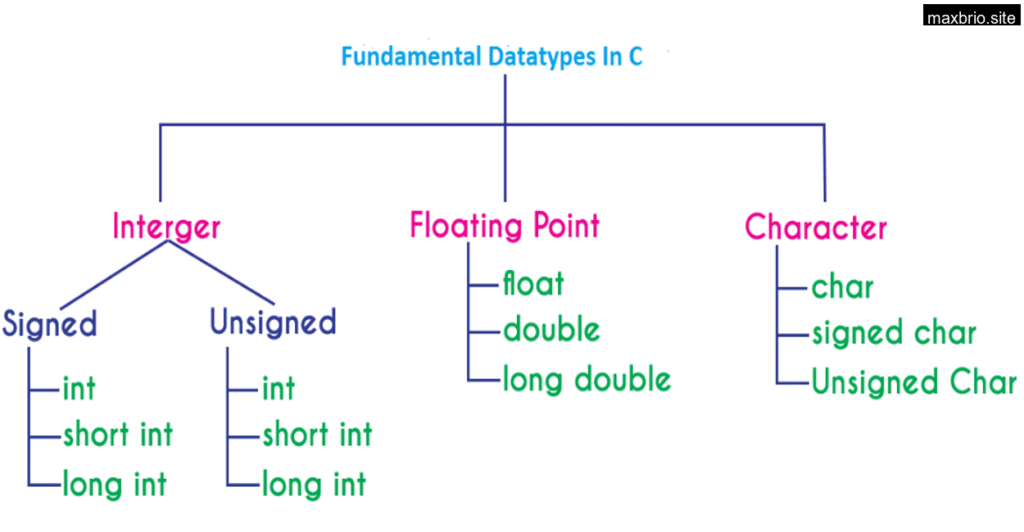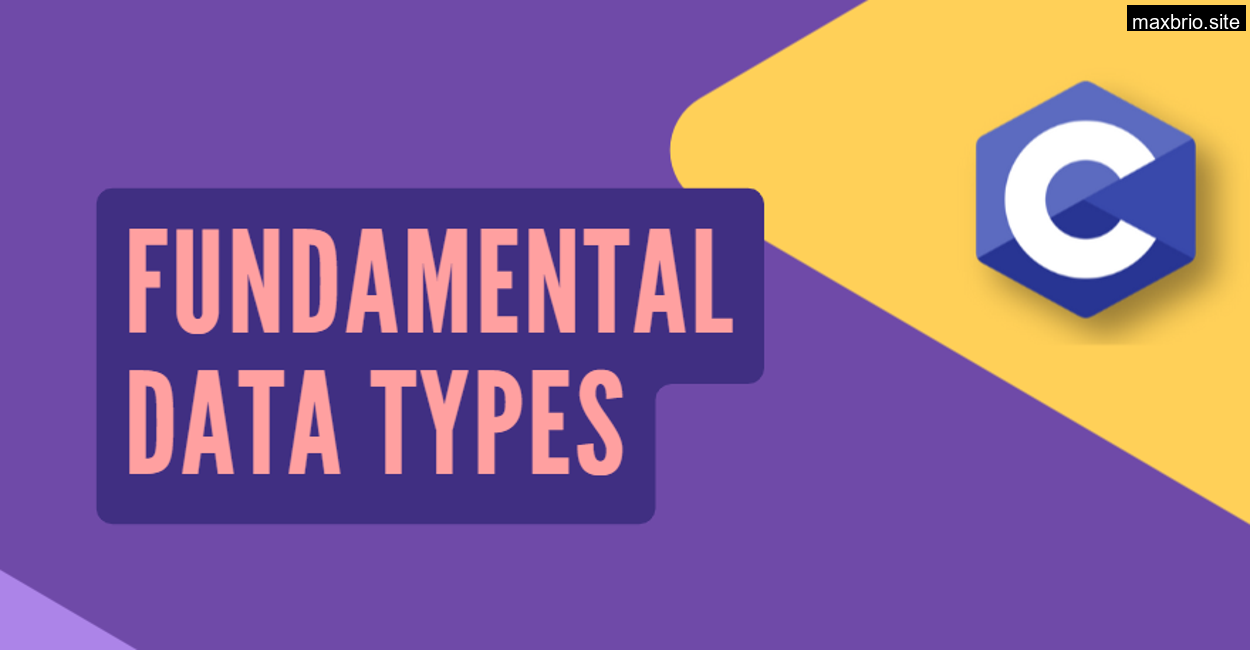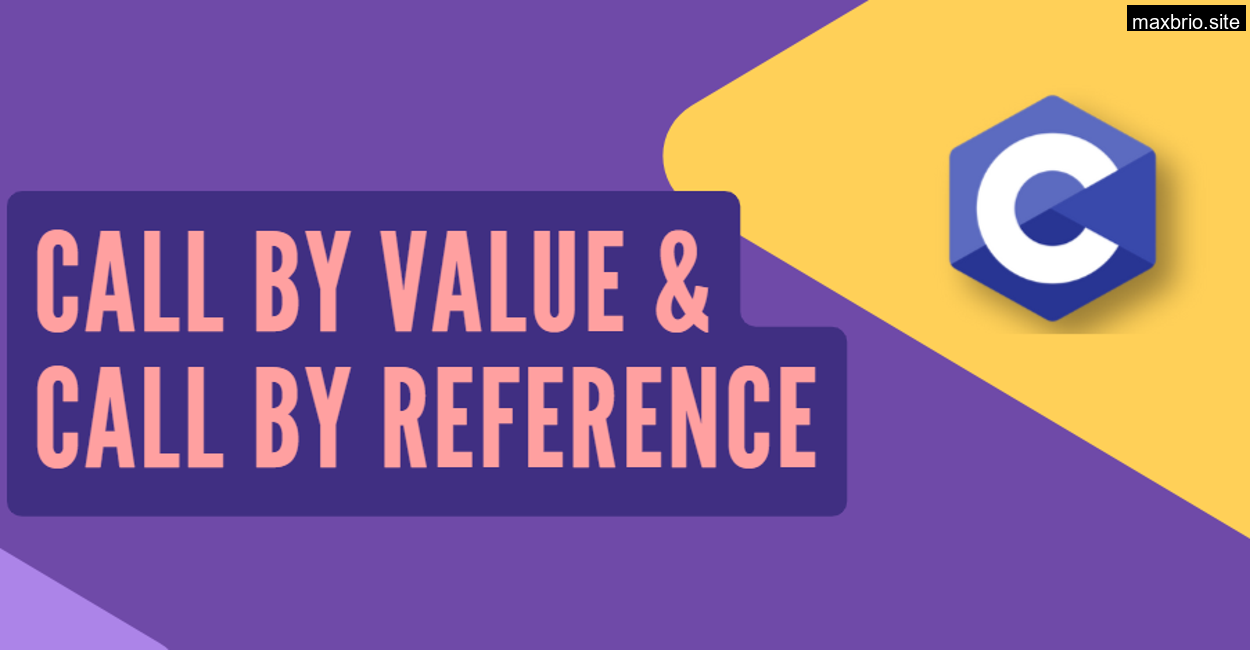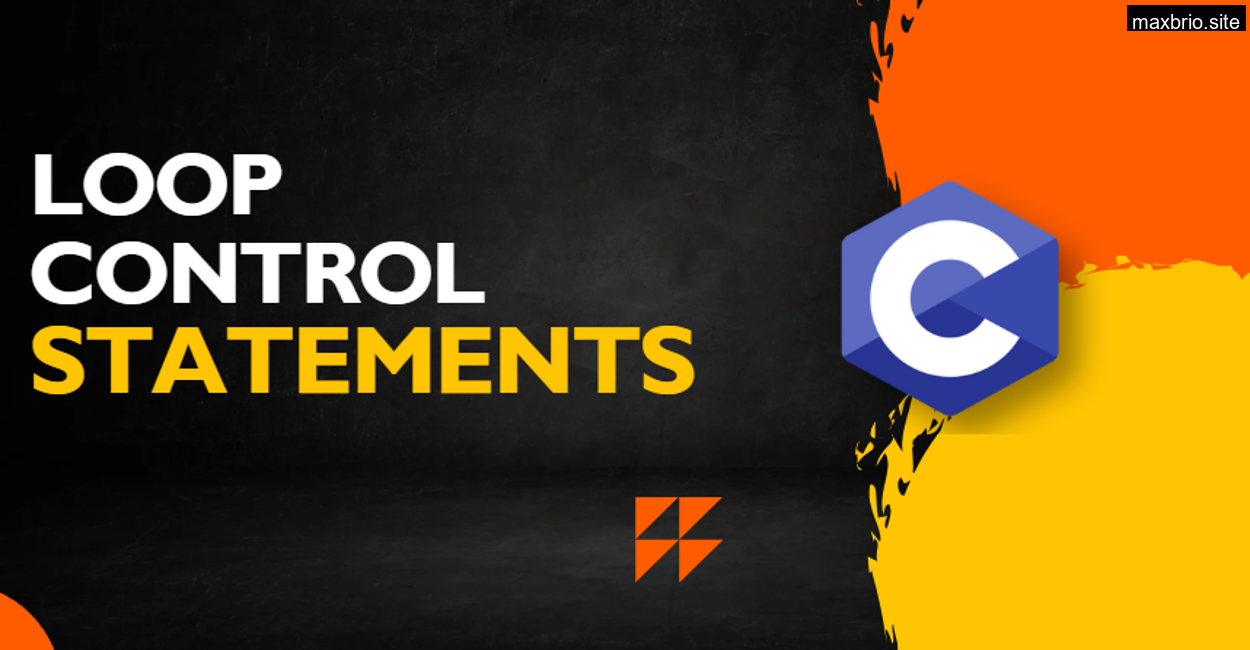I still remember the smirk on Aryan’s face that morning when he asked about data type. Bright eyed, sitting in the second row, he tossed a question that ricocheted through the room like a spark in dry :
“Sir, why can’t C have just one data type for everything? Like… just one box to hold everything text, numbers, whatever?”
The room went silent, except for a few curious chuckles and nods from the backbenchers. I could see some of them were wondering the same.
“Great question,” I said. Not because I didn’t have an answer, but because I knew this question deserved more than just a textbook reply.
The Chalkboard Revelation
I turned to the board and scribbled:
char grade = ‘A’;
int age = 21;
float marks = 87.5;
double pi = 3.1415926535;
The syntax looked simple. Nothing mind blowing. But the real lesson was just beginning.
Then I ran this little program live:
printf(“Size of char: %lu bytes\n”, sizeof(char));
printf(“Size of int: %lu bytes\n”, sizeof(int));
printf(“Size of float: %lu bytes\n”, sizeof(float));
printf(“Size of double: %lu bytes\n”, sizeof(double));
The outputs on my machine?
Size of char: 1 bytes
Size of int: 4 bytes
Size of float: 4 bytes
Size of double: 8 bytes
Aryan raised his eyebrows. Someone at the back whistled softly.
That’s when the gears began to turn.
From Banana Boxes to Bits
“Imagine,” I said, “you own a fruit store.”
This is where the metaphors usually start flying in my class. Not to sound cute, but because they work.
“You have mangoes, bananas, and watermelons to ship. Would you use a watermelon sized box to pack a single banana?”
They laughed. One of the girls said, “That’d be so dumb. Total waste of space.”
Exactly.
“Memory is like your delivery truck. It’s limited. You pack smarter, not bigger.”
That banana? It’s your char. A char only needs 1 byte. Your watermelon something precise like double deserves that 8 byte heavy duty box.
And int? That’s your everyday mango. Most of our counts, ages, sizes just right in 4 bytes.
Memory Isn’t Just Cheap It’s Crucial
Many beginners assume memory doesn’t matter. In 2025, you can buy 16GB RAM for peanuts. But when you’re building embedded systems, dealing with microcontrollers, or writing drivers every bit counts.
In fact, one of my past students interned at a robotics firm where they had just 256 KB to write the entire control software for a robotic arm.
They couldn’t afford sloppy memory usage.
They couldn’t afford to use double when float was enough.
They couldn’t afford to use int when char would do.
That’s where understanding data types becomes not just about syntax but survival.
Let’s Talk int The Heart of C
Most students’ first data type is int. It’s the friendly, versatile workhorse of C.
When I introduce int, I always draw attention to its size. On most modern systems, int takes 4 bytes, which is 32 bits.
Here’s the math:
- 1 byte = 8 bits
- 4 bytes = 32 bits
- So, int has 2³² possible values
But here comes the twist: half of these are negative. Because unless you say otherwise, int in C is signed by default.

Signed vs. Unsigned: The Sibling Rivalry
So I bring back my set theory example.
“Guys, what’s the range of numbers you can write with just 4 bits?”
We discuss binary, then go:
2⁴ = 16 possible values
Unsigned: 0 to 15
Signed (2’s complement): 8 to +7
They begin to see. The same number of bits, but different ways of interpreting them.
I then scale it up:
printf(“Signed int range: %d to %d\n”, INT_MIN, INT_MAX);
printf(“Unsigned int max: %u\n”, UINT_MAX);
On my system, this prints:
Signed int range: 2147483648 to 2147483647
Unsigned int max: 4294967295
That’s over 4 billion positive values with unsigned int. But zero negative numbers.
Short, Long, and Longer: Modifying the Box
The next part always surprises them.
“Sir, is int the only type that holds integers?”
Nope.
C is flexible. You can scale the box down with short, or up with long and long long.
short x; // Usually 2 bytes
long y; // Usually 4 or 8 bytes
long long z; // At least 8 bytes
I type in:
printf(“short: %lu\n”, sizeof(short));
printf(“long: %lu\n”, sizeof(long));
printf(“long long: %lu\n”, sizeof(long long));
They see the real sizes on their own machines. I tell them sizes aren’t guaranteed they’re implementation dependent. The only rule?
sizeof(short) <= sizeof(int) <= sizeof(long) <= sizeof(long long)
And it hits them: the programmer has power. But also responsibility.
The Float Family
Now I switch gears and ask, “What if you want decimals?”
Someone always blurts out: “Use float!”
And they’re right. But not completely.
float temp = 36.6;
double distance = 45678.123456789;
We print both:
printf(“float: %lu bytes\n”, sizeof(float));
printf(“double: %lu bytes\n”, sizeof(double));
The output shows float is 4 bytes, while double is 8.
Then I run this:
printf(“Float precision: %.10f\n”, temp);
printf(“Double precision: %.15f\n”, distance);
Boom. That’s when they really see the difference. float rounds off quickly. double holds on longer.
I remind them that there’s also long double, which offers even more precision but not always needed. Or supported uniformly.
Real Life Programming Example: Bank Account
Now comes my favorite mini project.
Scenario:
You’re building a banking app. You need to store:
- Customer name
- Age
- Account balance
- Interest rate
Here’s what some students try:
int name;
int age;
int balance;
int rate;
That’s when I step in.
“Your customer’s name is not a number. Don’t treat her like one.”
We rewrite:
char name[50];
int age;
float balance;
float rate;
Now it makes sense. You don’t store ₹4500.75 in an int.
Student Pitfalls (And the Laughter That Follows)
This wouldn’t be a classroom without a few honest blunders.
One student tried:
float x = 10 / 3;
Expected 3.333… Got 3.0.
Why?
Because 10 / 3 is integer division. Happens before it gets stored in float.
You’ve gotta write:
float x = 10.0 / 3;
The room roared. And that poor student never made the same mistake again.
Another gem:
char c = 1000;
The output? Not what they expected. It rolled over.
I explained how char is just 1 byte. It can’t hold 1000. It overflowed and turned weird.
Again: right box, right data.
The sizeof() Operator: The Debugger’s Swiss Knife
I always say, sizeof() is your best friend. It’s a unary operator, not a function (that surprises many).
Whether you’re debugging or designing for embedded devices, knowing the exact size of a data type on your machine is critical.
One of my advanced students once had to interface C code with an assembly module. His int and the assembly word didn’t match. Boom corrupted memory.
Thanks to sizeof(), we figured out the issue in 10 minutes.
Final Words: You’re Not Just Writing Code You’re Designing Systems
That’s the biggest lesson I try to leave my students with.
C doesn’t assume you’re a child.
It doesn’t abstract everything away.
It gives you power.
You choose the data type. You choose the size. You choose whether that variable should store a name or a precise measurement or an enormous timestamp.
“Why not just one data type?”
Because software is not written for the machine alone.
It’s written for efficiency. For performance. For scale. For humans.
I ended that class with a slide that simply said:
“Your code is a story you write in memory. Make it elegant. Make it efficient.”
Aryan grinned again, this time not with sarcasm, but realization.
Can I assume int is always 4 bytes?
No. Most modern systems use 4 byte int, but always use sizeof() to be sure. Embedded systems may differ.
When should I use float vs double?
If memory and speed matter, and precision isn’t critical use float. For scientific or financial apps prefer double.
What happens if I store a large number in a smaller data type?
Overflow. The result is undefined and often hilarious.
Is sizeof() a function?
No, it’s a unary operator. Works at compile time for data types, and runtime for variables.
Why are negative numbers stored differently?
Because computers use 2’s complement to represent signed values efficiently. It allows simpler hardware for addition and subtraction.










